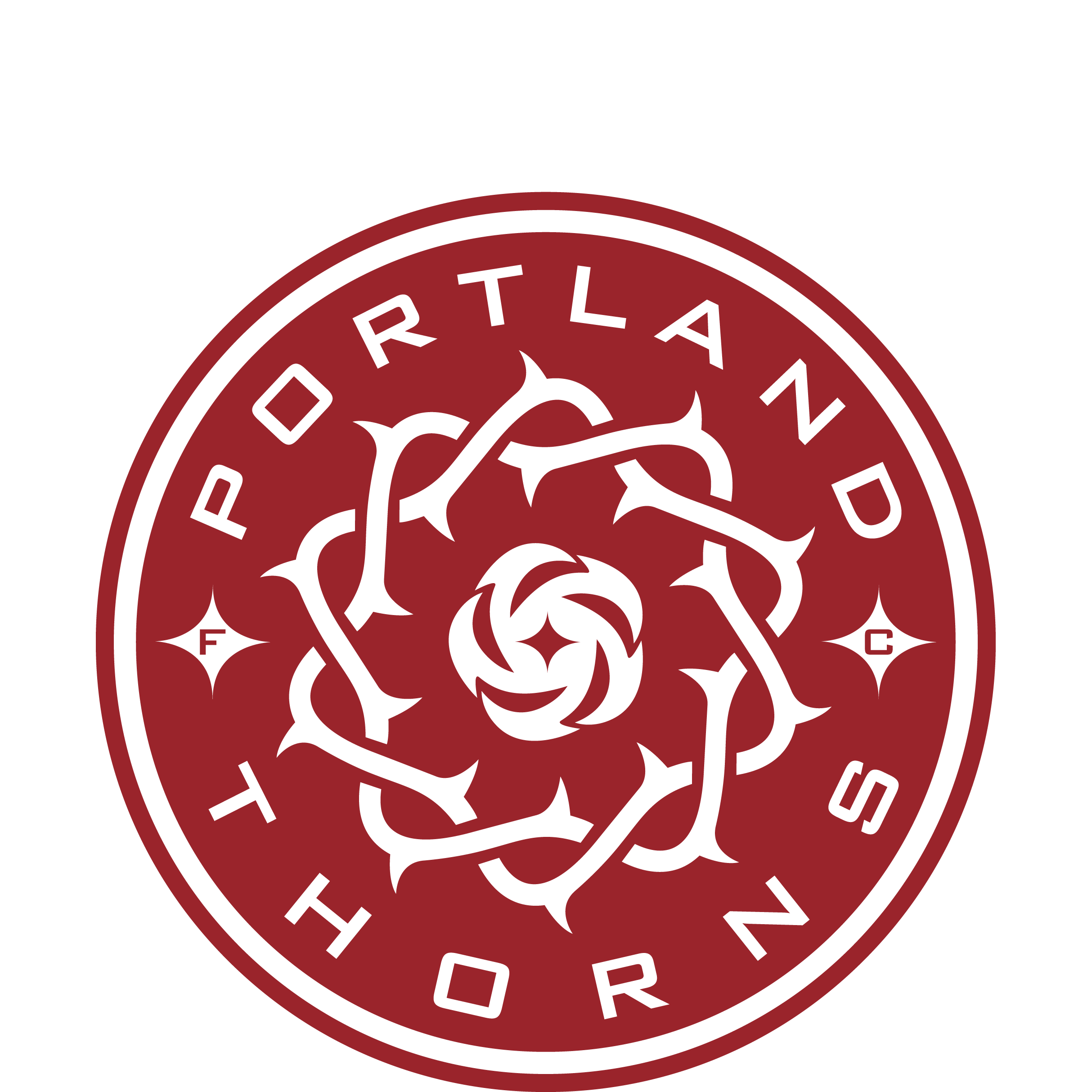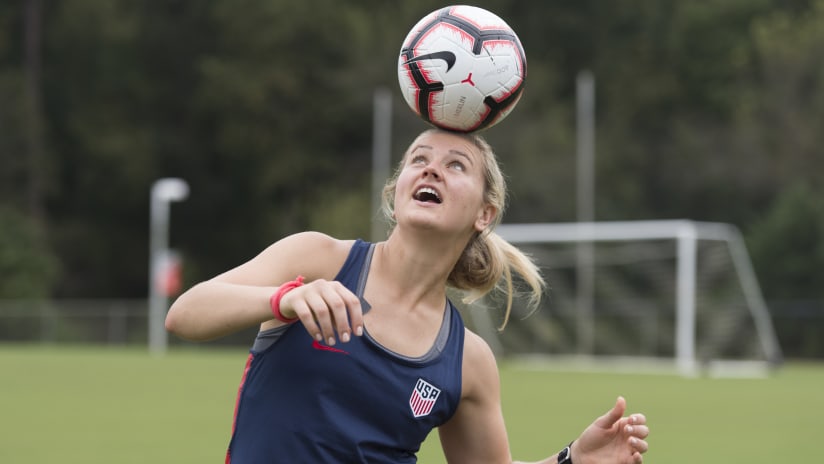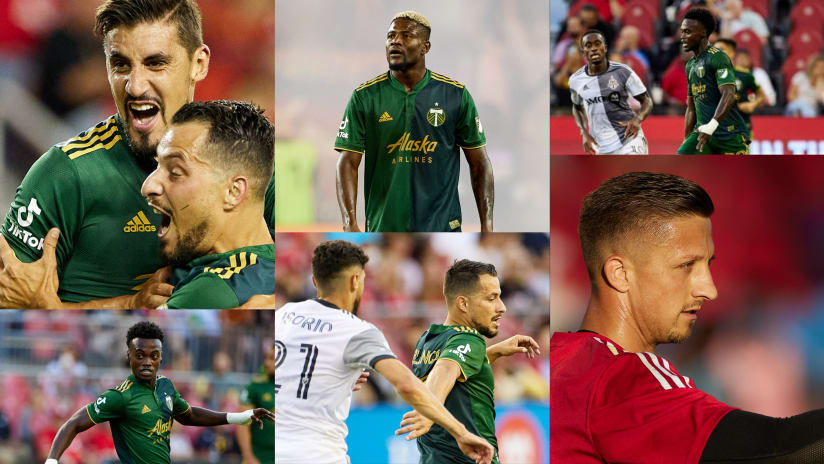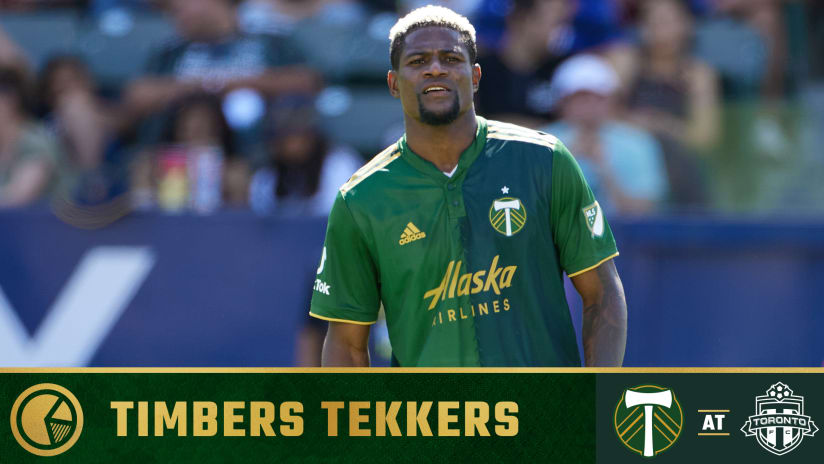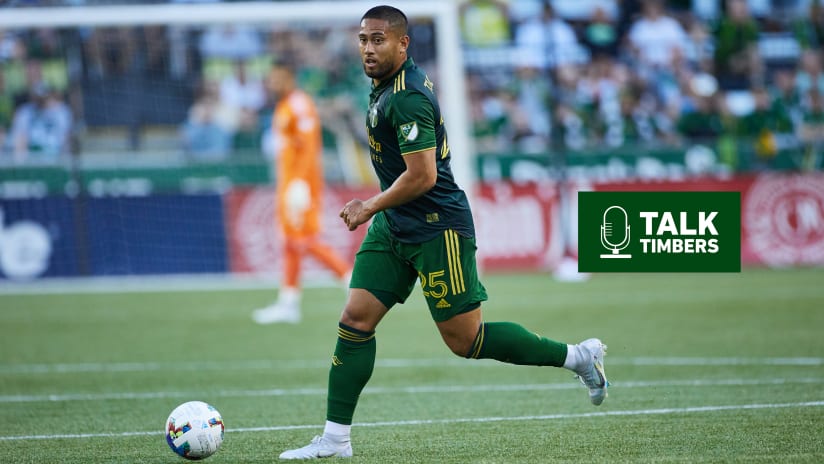One year ago, Emily Sonnett was on her way to Australia, on the outside looking in on the U.S. Women’s National Team; Tobin Heath was trying to get back to full health; and Lindsey Horan was still growing into her role in head coach Jill Ellis’ central midfield.
It was a different landscape for Portland Thorns FC’s three regular U.S. internationals, who enter this week’s Concacaf Women’s Championship better positioned to make an impact on their national team. For one player, the potential for five games that will come over the next 11 days will be about trumpeting her claim to a first XI spot; for another, the tournament continue a year-long ascent to a similar, starting stature; while for a third, a competition which also serves as 2019 FIFA Women’s World Cup qualifying offers a chance to transfer domestic-league dominance to the international realm.
- Oct. 4 | USWNT vs. Mexico | 4:30pm PT | FS2
- Oct. 7 | USWNT vs. Panama | 2pm PT | FS1
- Oct. 10 | USWNT vs. Trinidad & Tobago | 4:30pm PT | FS2
- Oct. 14 | USWNT vs. TBD
- Oct. 17 | USWNT vs. TBD
Here’s then and now for Heath, Horan and Sonnett.
Never doubt Tobin
Heath turned 30 years old in May, but if her play since that benchmark is any indication, the 138-time U.S. international is enjoying a delayed-onset prime, of sorts. Although she has long been respected as one of the game’s most skilled and creative players, her April return to the field began a 26-game stretch which, between club and country, has been the most statistically prolific of Heath’s career.
One year ago, Heath’s world couldn’t have been more different. Having fought through a year of back problems to join the Thorns at the end of their title-winning run, Heath found herself headed for winter ankle surgery, along with the myriad questions that surrounded more time away from the field. One problem had compromised her 2017, and at the onset of 2018, a second issue was preventing her from immediately joining the Thorns.
“Any time I’m off the field,” she explained, earlier this year, “it’s tough, because I can’t do what I love to do. It’s obviously extremely frustrating for someone that loves the game the way I do, and loves this club.”
Three months after her January surgery, though, Heath was back on the field for Portland. Three months after that, she made her first national team appearance since the previous September, part of a return which, for club and country, saw her collect nine goals and 10 assists. They’re numbers Heath has always had the potential to produce, but in the wake of a year-plus of injuries, potential met production.
“I’m just so motivated to play,” she said in February, upon returning to Portland. Her 2018 has shown as much.
At the beginning of the year, it looked as of Megan Rapinoe and Mallory Pugh were in the best positions to nail own starting spots in Ellis’ attack, but after five months where Heath’s form has been among the best in the world, how can the Thorns attacker not be a starter for her national team? That’s a question Ellis will have to answer between now and, if all goes well this week, France 2019.
The next stage for Great
Following an Most Valuable Player-winning 2018 in the NWSL, Horan seems destined to be a starter for her country next summer. She’s been part of Ellis’ choice XI for some time. But after six months of witnessing at club level what, when given license to drive a team, Horan can do, the question is how to translate that success to the international level.
The easy answer, here, is a reality: the Thorns and U.S. Soccer are two drastically different worlds. In one sense, that recommends Horan even more, with the game-to-game life in the NWSL being more trying than most see in the international realm. Perhaps, compared to some circumstances players face for their country, the stakes aren’t has high on, say, a mid-week night in Chicago, but the caliber of play (and players) certainly is.
Here, though, that easy answer here is the right one. The role Horan plays when she is surrounded by Christine Sinclair, Celeste Boureille, Caitlin Foord and Hayley Raso is going to be different than what she’s asked to do when the names are Rapinoe, Alex Morgan, Sam Mewis and Julie Ertz. One group of players set Horan up to do one thing; the other group — one she only plays with at fortnight length, months apart — set her up to do another.
“What Lindsey has done for two-and-a-bit years now is when the pressure is really on, we want everyone to step up and be big,” Thorns head coach Mark Parsons said before Horan’s MVP campaign. Now, that stretch is up to three-and-a-half years. Now, Horan is on another level.
For Ellis, one of the goals over the eight months that separates her team from France will be getting each player to their peak before the World Cup. That means physical, mental, and tactical. And just as she has to decide how best to reincorporate hobbled players like Mewis, Kelly O’Hara and Casey Short, she must also determine how to get more of Portland Thorns Lindsey Horan to come out in red, white, and blue.
Back where she belongs
Heath’s place apart from the U.S. women’s national team was due to something beyond her control. Whether Sonnett’s was is a little bit foggier.
Then, the second-year Thorn was coming off a standout second-half to the 2017 NWSL season. Prior to that, though, the central defender had lost the national team place she’d earned during her final days at the University of Virginia.
Sonnett has spoken, before, about the factors that led to her improvement, charting a course that’s shared by so many new professionals in their first years out of college. Last January, that course landed her in Carson, California, back with the national team, returning to the fold for the group’s annual winter training camp in Southern California. Thankfully, for Sonnett, her sojourn from her country’s top level proved a short one.
“I had a conversation with Jill,” Sonnett recalled, last winter, “and it was, ‘here are the areas of improvement, and I need to see those areas improve.’ Naturally, I come to Mark and say, 'These are the areas I need to improve.' I think him setting me up with the right training, having such a high-quality group to train with is what made my development take that next leap.”
The big wrinkle this time, though, is her position. Last offseason while on loan in Australia, Sonnett had a chance to flash the versatility that contributed to her rising star at UVA, jumping into midfield occasionally for Sydney FC to make the sprawling adventures Rose City Riveters love a bigger part of her team's gameplan. For the U.S., those tendencies have been used at right back since winter, leaving her in position to challenge for a starting XI spot.
That challenge won’t be easy. O’Hara is returning to health, Crystal Dunn is cementing a place at fullback, and throughout a year of battling ankle injuries, Short has maintained her place in the competition. Although Sonnett has seen her national team time return, World Cup Qualifying has heightened the fight for a starting spot.
Perhaps that reads as a good news-bad news missive, but it’s all good news. Still 24 years old, Sonnett is building back from the temporary valley that had her out of the U.S. picture. Even if that doesn’t chart a straight line into the national team’s XI, a spot in this week’s 20-woman squad is an achievement.
